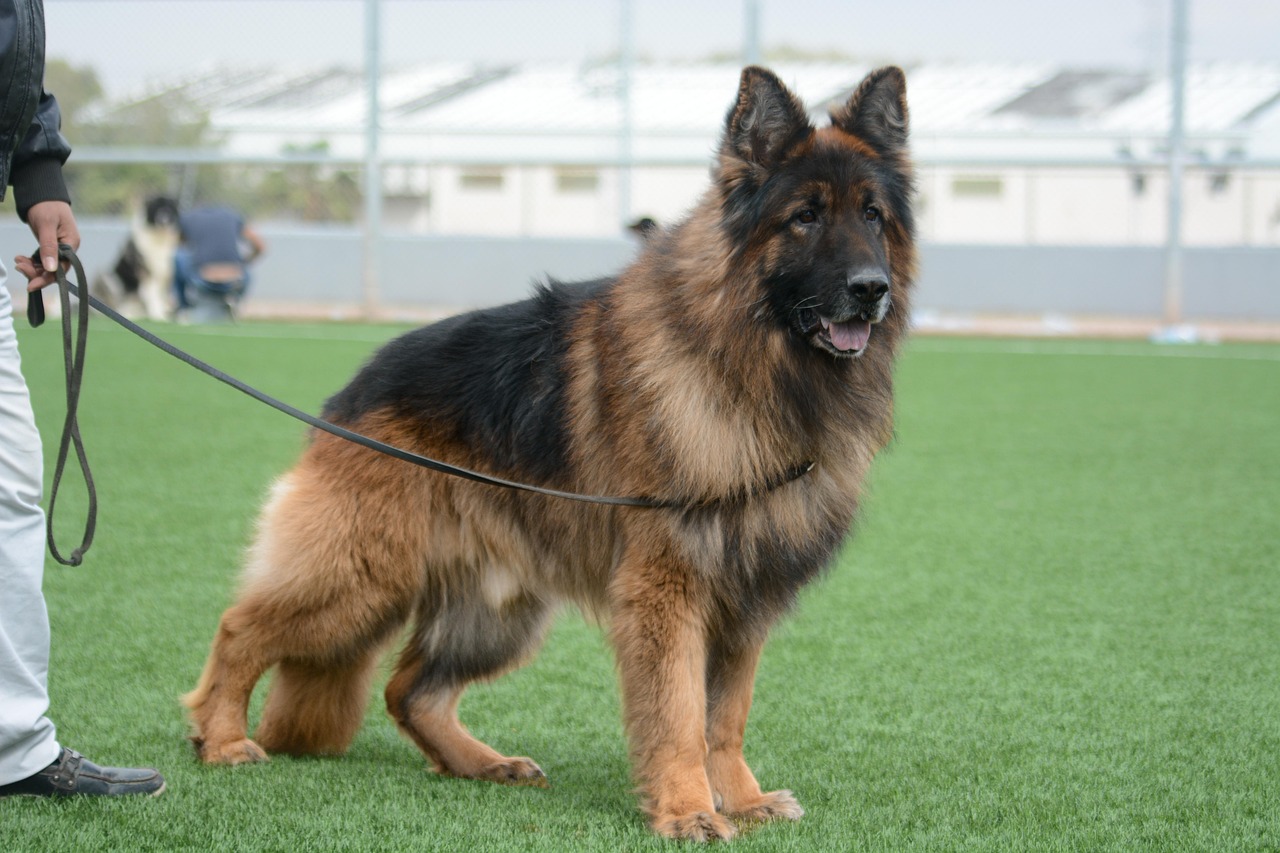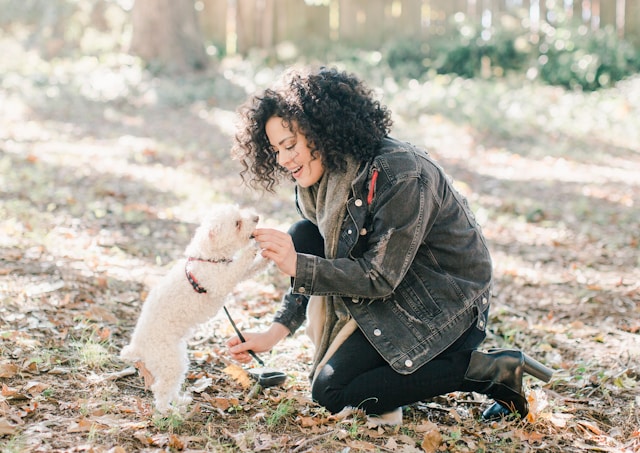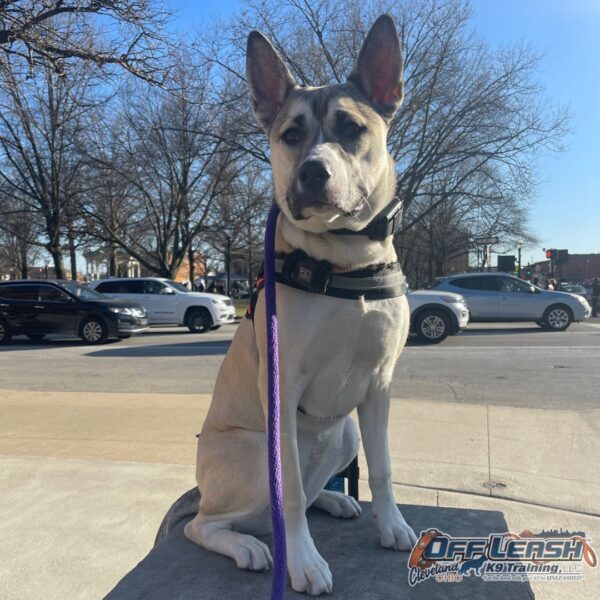What Is The Best Material for A Dog Sports Training Leash: Top Material Choices Explained
Choosing the right leash is essential for successful dog sports training. A well-made leash can make a big difference in durability, comfort, and performance, helping you and your dog get the most out of your activities.
But with so many options available, you might wonder: What is the best material for a dog sports training leash?
In this article, we’ll explore the top materials used for dog sports leashes and how each one performs in real-world situations. Whether you’re looking for something lightweight, weatherproof, or extra durable, understanding the pros and cons of different materials will help you make the best choice for your dog’s needs.
Let’s dive in and find the perfect leash material to support your training goals!
Why Material Matters in Dog Sports Training Leashes
Let’s be honest, the right leash isn’t just a piece of string! In the exciting world of dog sports, the material of your leash is absolutely crucial.
It’s not just about aesthetics; it directly impacts your dog’s performance and your own training experience.
- Durability is paramount. Dog sports are demanding, and your leash needs to keep up. A durable material can handle the pulling, tugging, and fast movements without breaking or fraying. A flimsy leash can lead to dangerous situations and frustrating training sessions.
- Comfort matters, big time. A good leash should feel comfortable in your hands, even during long training sessions. The material affects how easy it is to grip and how smoothly your dog can move without discomfort.
- Safety should always be top of mind. The leash material must be strong enough to support your dog’s weight and withstand sudden pulls without snapping, keeping you and your dog secure.
- Weight and maneuverability are key. The weight of the leash plays a role in how easily you can handle it and how freely your dog can move. Lightweight materials make it easier to guide your dog during quick turns and fast-paced activities.
- Weather resistance is a must. Outdoor training often means dealing with rain, mud, or extreme temperatures. Materials like biothane or nylon are great for resisting water and wear, ensuring your leash stays reliable in any weather.
- Different dog sports have unique needs. Different sports require different leash qualities. Agility training benefits from lightweight, flexible materials, while obedience training may call for a sturdy, no-slip grip. Flyball and other high-speed sports need leashes that can handle rapid movements without tangling or wearing out.
Top Material Choices for Dog Sports Training Leashes
When it comes to dog sports training, the material of your leash plays a huge role in performance, comfort, and durability. Here’s a look at the top material choices to help you decide what works best for you and your dog.
Nylon
Pros: Nylon is a popular choice because it is tough as nails, meaning it can handle the wear and tear of even the most energetic dogs. Plus, it’s incredibly lightweight and usually very affordable. You’ll also find a huge variety of colors and patterns to choose from.
Cons: While durable, nylon can feel a bit stiff, especially in hot weather. It might not offer the most secure grip, which can be important during intense training sessions.
Leather
Pros: Leather has that classic, timeless look. It’s durable and provides a soft grip that’s comfortable to hold. Leather leashes also tend to hold up well in all kinds of weather.
Cons: Be prepared to pay a bit more for leather. It can also be a bit on the heavy side, which might not be ideal for fast-paced sports. Don’t forget – leather needs regular care, like cleaning and conditioning, to keep it in top shape.
Biothane
Pros: This modern material is a fantastic all-rounder. It’s super strong and completely waterproof, making it perfect for any weather. Plus, it’s easy to clean, which is a major plus for busy dog owners.
Cons: Biothane might not be as comfortable in cold weather, and some people find it a bit less soft to the touch compared to leather.
Rope
Pros: If you need a leash with serious grip, rope is the way to go. It’s strong, lightweight, and very affordable.
Cons: Rope leashes can be a bit rough on your hands, and their durability might not always match that of other materials.
Chain
Pros: Chain leashes are practically indestructible. They’re incredibly strong and durable, making them a popular choice for some training methods.
Cons: They can be quite heavy, which can be tiring to hold during long training sessions. Plus, they can be noisy, which might not be ideal for all situations.
Factors to Consider When Choosing a Leash Material
Picking the right leash material is about more than just looks—it’s about ensuring safety, comfort, and practicality for both you and your dog. Here are some key factors to keep in mind
Activity Type
Different sports call for different leash materials.
- Agility – Lightweight and flexible materials like nylon or biothane are ideal for the quick turns and changes in direction required in agility.
- Obedience – A more robust material like leather might offer better control and precision for obedience training.
- Outdoor adventures – Durable materials like nylon or biothane can withstand the wear and tear of outdoor adventures.
Dog Size and Strength
Your dog’s size and strength play a big role in choosing the right material. Stronger dogs or breeds that pull may require more durable options like leather or biothane to prevent snapping. Smaller dogs can use lighter materials, like nylon, without sacrificing performance.
Weather Conditions
If you train outdoors in all kinds of weather, consider how the material handles the elements. Biothane and nylon are great for wet or muddy conditions because they’re waterproof and easy to clean. Leather performs well in most weather but needs extra care to prevent damage from moisture.
Maintenance Needs
Some leash materials require more upkeep than others. Leather leashes need regular cleaning and conditioning to stay soft and durable, which can be time-consuming. If you prefer a low-maintenance option, biothane or nylon are excellent choices — they’re easy to wipe clean and ready to go.
Expert Tips for Selecting the Perfect Dog Sports Training Leash
You’ve considered the material, now let’s dive into some expert tips to ensure you choose the absolute best leash for your dog sports journey:
- Look for leashes with reinforced stitching or strong hardware like sturdy clips and swivels. This extra durability will prevent unexpected breaks and keep you and your dog safe during intense training sessions.
- Before making a purchase, test the grip and flexibility of the material. Does it feel comfortable in your hand? Can you easily maneuver it? A good leash should feel like an extension of your arm, not a hindrance.
- Remember, it’s not just about your dog’s comfort; your comfort matters too! Choose a leash that feels good in your hand and won’t cause discomfort during long training sessions.
- The handle is often overlooked. Look for a handle that’s comfortable to grip and provides good control. Some leashes even have padded handles to reduce hand fatigue.
- Consider the long-term implications of your choice. How easy is it to clean? Will it hold up to frequent use and potential wear and tear?
- Before making a final decision, read reviews from other dog owners and professional trainers. Their experiences can offer valuable insights into the durability, comfort, and overall performance of different leash brands and materials.
Wrapping Up: Which Leash Material is Best for Active Dogs?
Choosing the right leash material is absolutely critical for success in dog sports. The wrong leash can hinder your dog’s performance, cause discomfort, and even lead to safety concerns.
The best leash material for your dog depends entirely on their individual needs and the specific demands of your chosen sport. Consider their size, strength, and energy levels. Do they excel in agility, obedience, or perhaps flyball?
Ready to find the perfect leash?
Explore high-quality dog sports training leashes in various materials at your local pet store or online. Don’t hesitate to compare prices and read reviews from other dog owners.
Prioritize quality! Invest in a well-made leash from a reputable brand. A high-quality leash will not only last longer but also provide better control and safety for you and your furry companion.
Stay updated! Check back on our blog for more dog training tips, including gear recommendations and expert advice.
Need personalized guidance? Reach out to us! Our qualified professional dog trainers can help you assess your dog’s needs and recommend the best leash material and training approach for your specific goals.
Let’s set your dog up for success!



